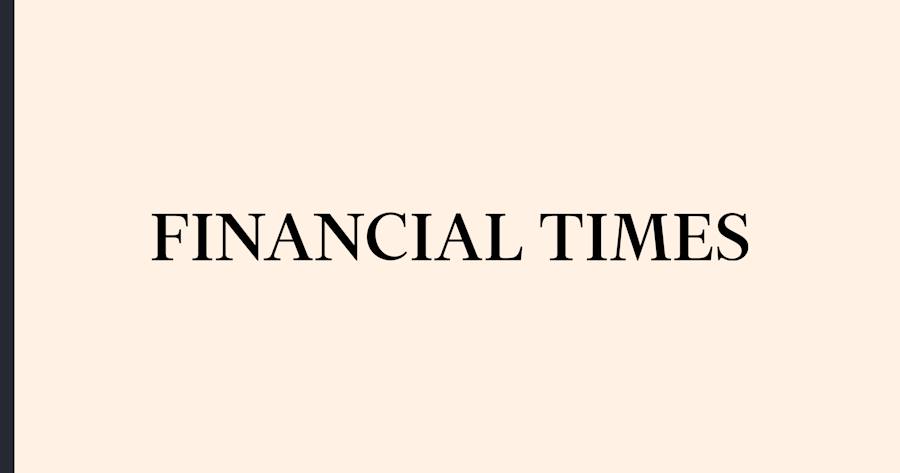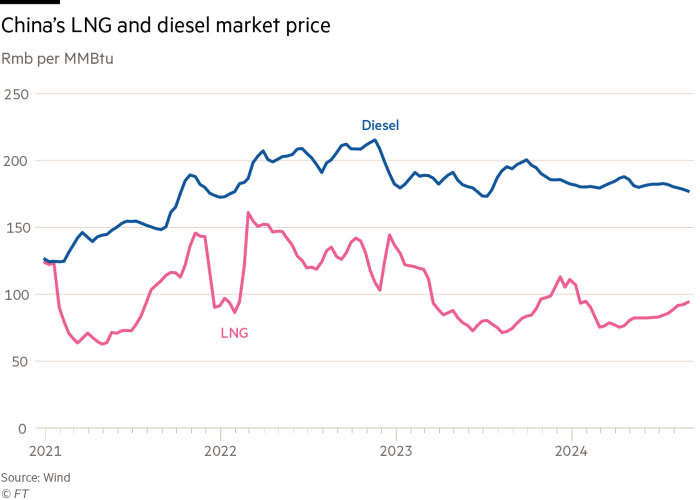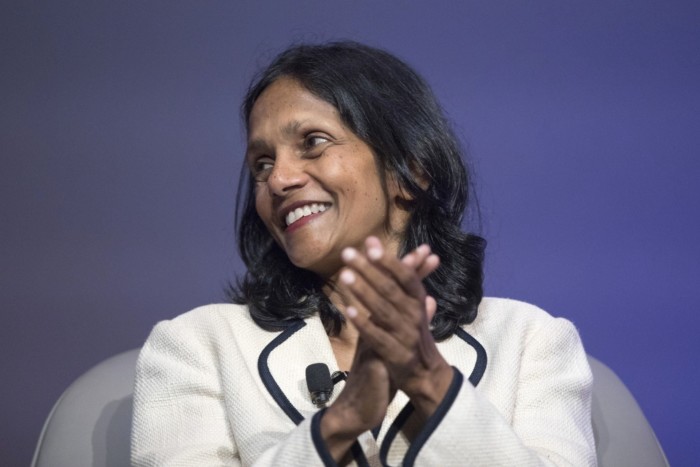The US is sending an advanced anti-missile system to Israel and 100 troops to operate it in a rare move that will boost its ally’s defences as Benjamin Netanyahu’s government plans retaliatory strikes against Iran.
President Joe Biden authorised the Pentagon to send a Terminal High-Altitude Area Defense (THAAD) battery to “bolster Israel’s air defences” following two missile barrages from Iran earlier this year, the US defence department said on Sunday.
Washington will also send approximately 100 soldiers to operate the missile system within Israel, according to a US defence official. The THAAD, a ground-based system designed to shoot down ballistic missiles, can defend a larger area than the more common Patriot system.
The move comes ahead of expected Israeli retaliation against Iran’s ballistic missile attack against the Jewish state on October 1. Iran fired 180 missiles in response to the assassination of Hizbollah leader Hassan Nasrallah late last month and of Hamas’s political leader Ismail Haniyeh in Tehran in July.
Washington has backed Israel’s right to retaliate but Biden has been urging Netanyahu not to hit Iranian nuclear sites or its oil infrastructure. Israeli defence minister Yoav Gallant has vowed his government’s response will be “deadly, precise and — above all — surprising”.
Biden and Netanyahu spoke on the phone on Thursday, a conversation the White House said involved an “honest” and “productive” discussion of retaliation plans.
Many of Iran’s missiles were intercepted, but the assault was regarded as far more severe than a more telegraphed attack in April.
During that round of tit-for-tat exchanges, limited damage was caused and the Biden administration helped contain the escalation as Israel responded with a missile attack on a military base near the Iranian city of Isfahan.
The scale and size of Israel’s response to this month’s barrage will determine how Iran reacts, analysts say, with the fear being that the region is sliding to all-out war, with counterstrike followed by counterstrike.
Israel’s options include targeting the Islamic republic’s nuclear plants, considered the most extreme scenario, its oil infrastructure or military facilities.
Since Hamas’s October 7 attack on Israel triggered the war in Gaza and a wave of regional hostilities last year, Washington has dispatched additional US troops and military equipment, including warships, fighter jets and air defences, to help defend Israel and deter Iran.
Major General Pat Ryder, Pentagon spokesperson, said the THAAD deployment underscored America’s “ironclad commitment to the defence of Israel”, and was part of wider regional changes made in recent months.
Israel has its own sophisticated anti-missile defences, including its Iron Dome, David’s Sling and Arrow systems, but US support is considered vital to protecting the country from large missile and drone barrages from Iran.
The US last sent a THAAD battery after the October 7 attack last year having previously deployed one to Israel in 2018 for training and a military exercise.






































































































































You must be logged in to post a comment Login